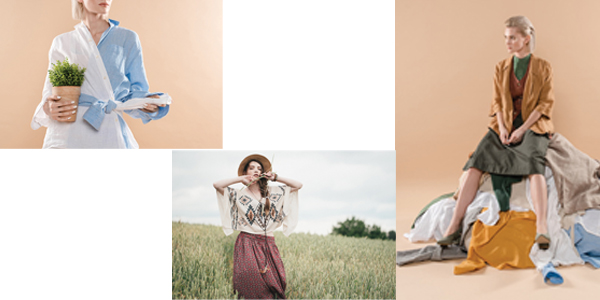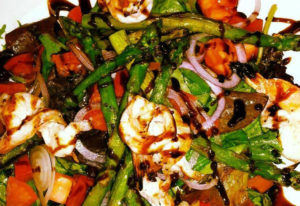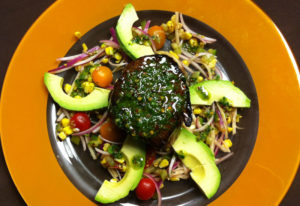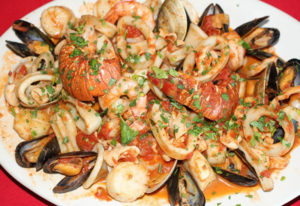 |
Rachael Severino is a senior at Sachem North High School in Sachem School District. She has penned short stories, poetry and is developing an impressive body of work. |
| The recent UN environmental report stating that there are twelve years left to preserve the Earth has inspired people to look for new ways to participate in healing the planet. Sustainable fashion has made its name as the most glamorous step in the right direction. People dispose of poorly made outfits at the end of every season, but are quick to replace these pieces with similarly made products. Popular stores sell cheap fabrics with weak stitching to ensure that sales will be high every season. However, once discarded, roughly 13.1 million tons of clothing, from the US alone, will end up in third-world countries or landfills. This clothing, or “fast fashion,” is typically made in developing countries’ factories, where children are working in poor conditions. Sustainable fashion works to prevent these dangerous child-labor factories. Sustainable fashion brands create outfits in worker-friendly factories, where seamstresses are well paid and operate in a safe environment. The clothing is made from completely natural textiles like organic cotton, hemp, linen, and silk. Deadstock fabric, or excess fabric from larger companies, is also popular. The use of deadstock helps ensure the textile does not end up in the environment, but is rather treated (dyed, textured, etc…) then sewn into fabulous pieces. The beauty of sustainable fashion is the specialness. Because of how much fabric is acquired, many pieces are one of a kind, or limited edition. The worry of showing up to a party or meeting in the same dress is practically non-existent when wearing sustainable brands. Once the fabric is gone, the piece is discontinued and a new item will be introduced. Everything one owns from a sustainable brand will be unique. A concern of the sustainable movement is the price. Major brands in the sustainable fashion world sell dresses for roughly three hundred dollars; hand knit wool sweaters can reach the same price. However, each item is hand-made and crafted with great care, guaranteeing a long lifespan for each piece. The price matches the quality; nonetheless, there are cheaper sustainable brands for people will a smaller budget. People all over the world have taken an interest in sustainable fashion but, one Long Island woman in particular has taken action against harmful fast-fashion. The creator of Indigo Apparel, Jackii Ramis, launched a sustainable brand in 2013. Ramis’ line is wearable, in that her pieces are for everyday wear and unique, in that she hand dyes all her fabric, ensuring her pieces are truly one of a kind. Her clothing is all high-quality athleisure. Indigo Apparel is inexpensive compared to many other sustainable brands, reaching all Long Islanders. Her clothing is comfortable and cool, but also hand-made and long lasting. Like Ramis, there are several smaller sustainable stores that produce clothing for everyday wear and are sold at reasonable prices. There are brands to suit all tastes and events, providing relaxed outfits to elegant evening-wear. As sustainable fashion rises in popularity, the Earth can begin to heal. |
|













 20 lucky winners will win $500 each in prizes totaling $10,000.
20 lucky winners will win $500 each in prizes totaling $10,000. 